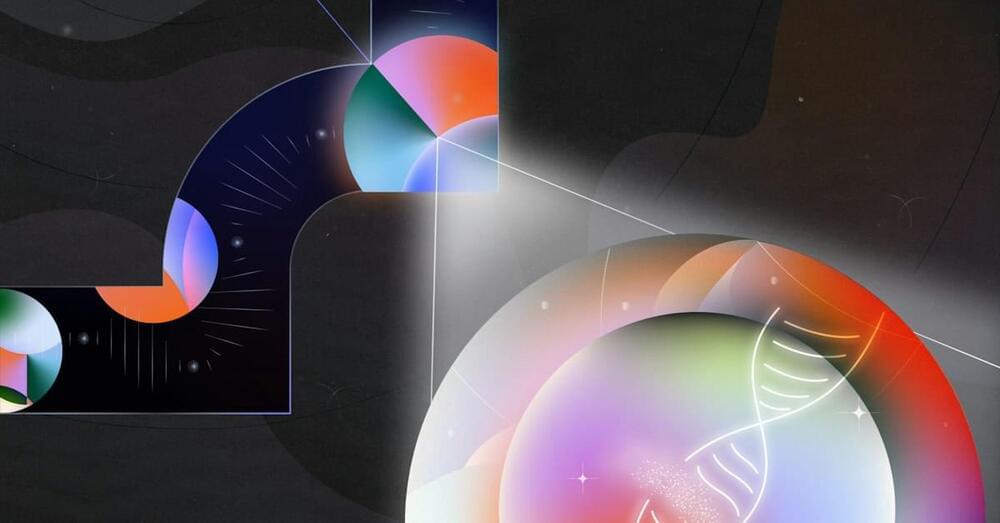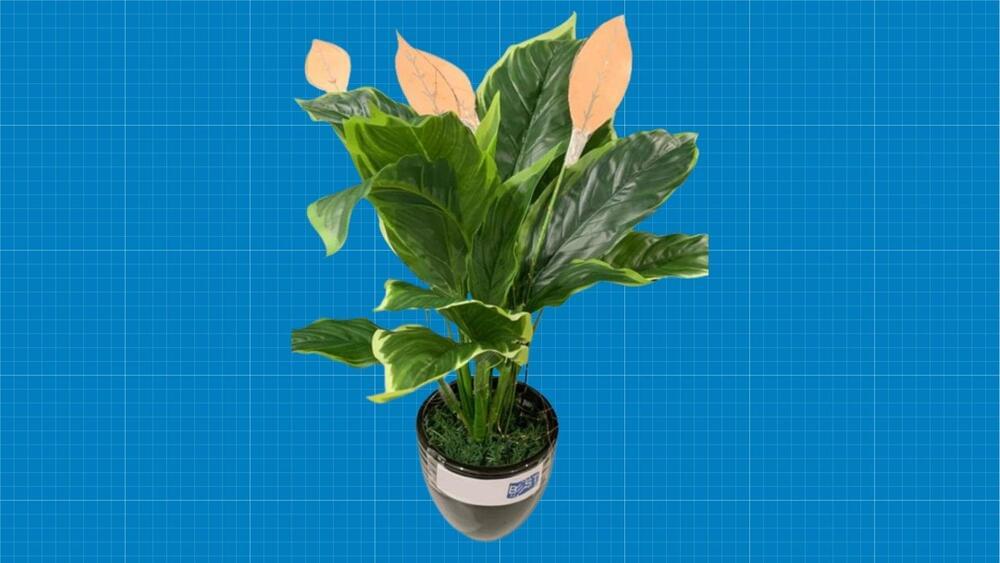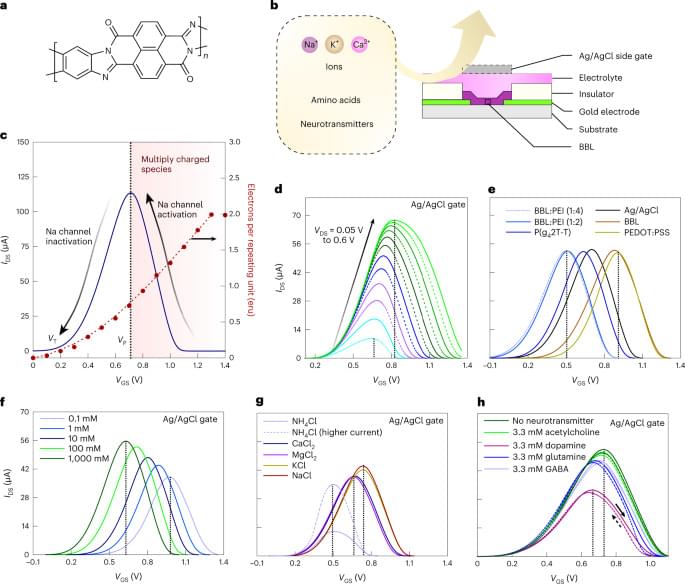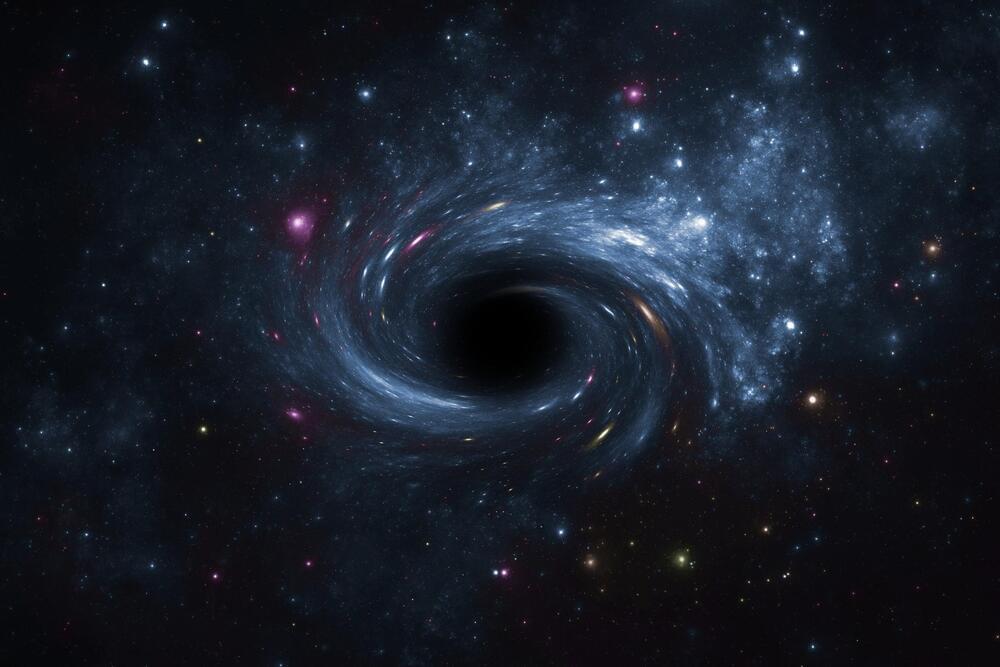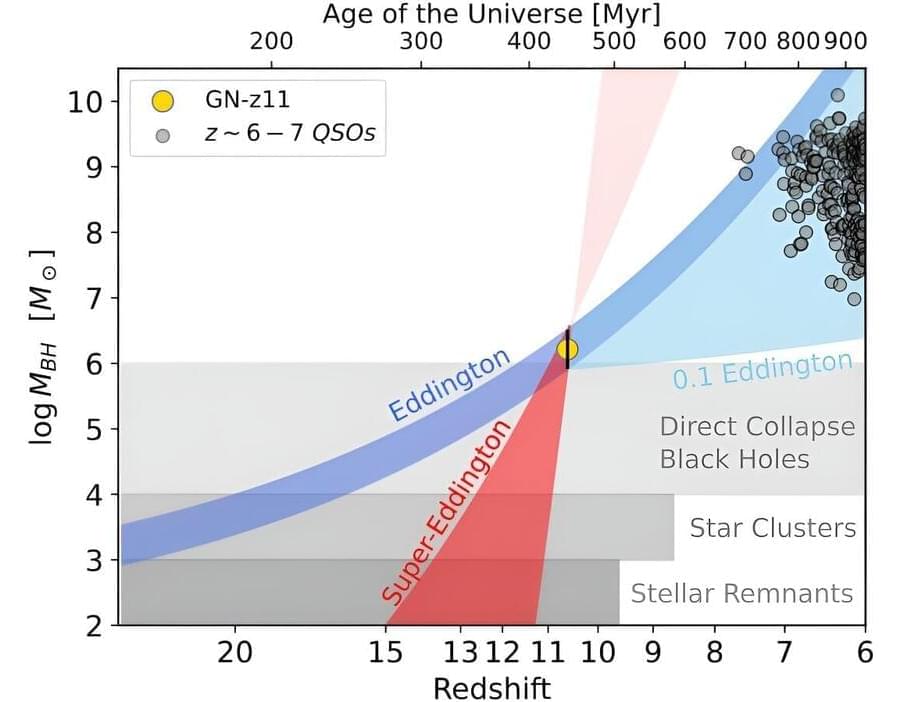“In recent years, the clinical development of liquid biopsies for cancer, a revolutionary screening tool, has created great optimism,” write Liz Kwo and Jenna Aronson in the American Journal of Managed Care.
At present, liquid biopsies can detect more than 50 different types of cancer. A standard visit to the doctor may eventually be able to detect cancers years before they become lethal.
In the future, even the toilet in your bathroom may be sensitive enough to detect the signs of cancer cells, enzymes and genes circulating in your bodily fluids, so that cancer becomes no more lethal than the common cold. Every time you go to the bathroom, you might be tested for cancer. The “smart toilet” might become our first line of defense.
